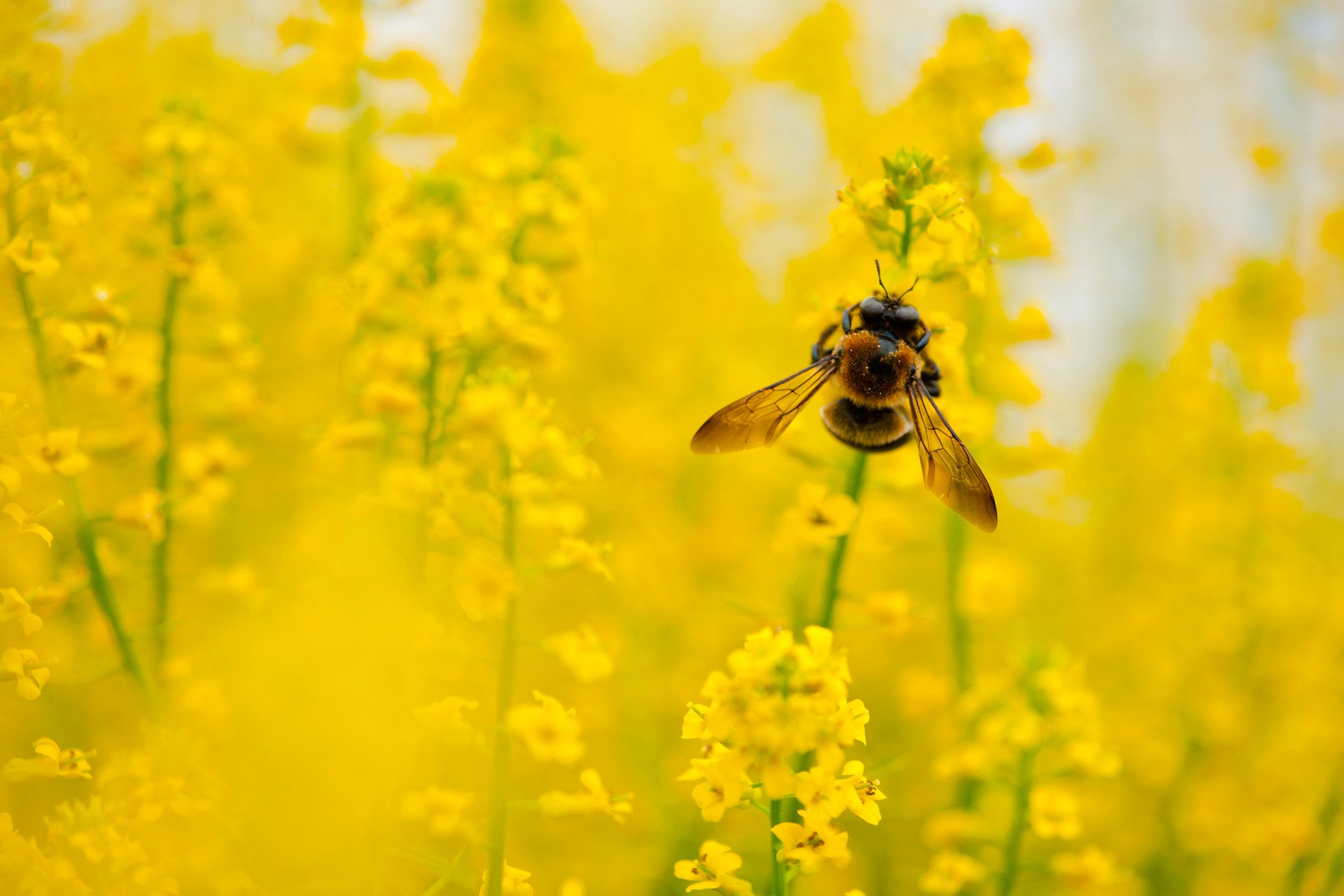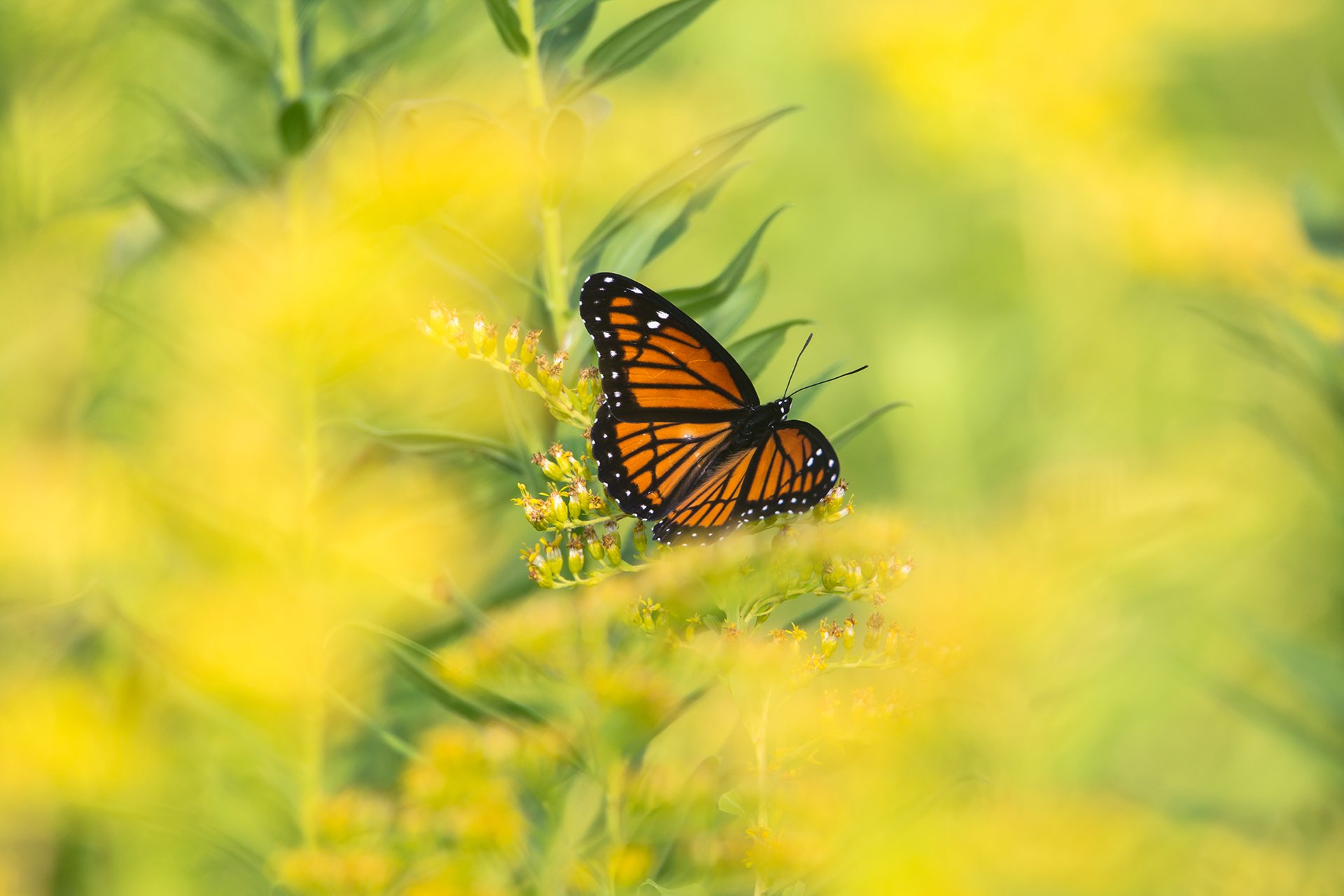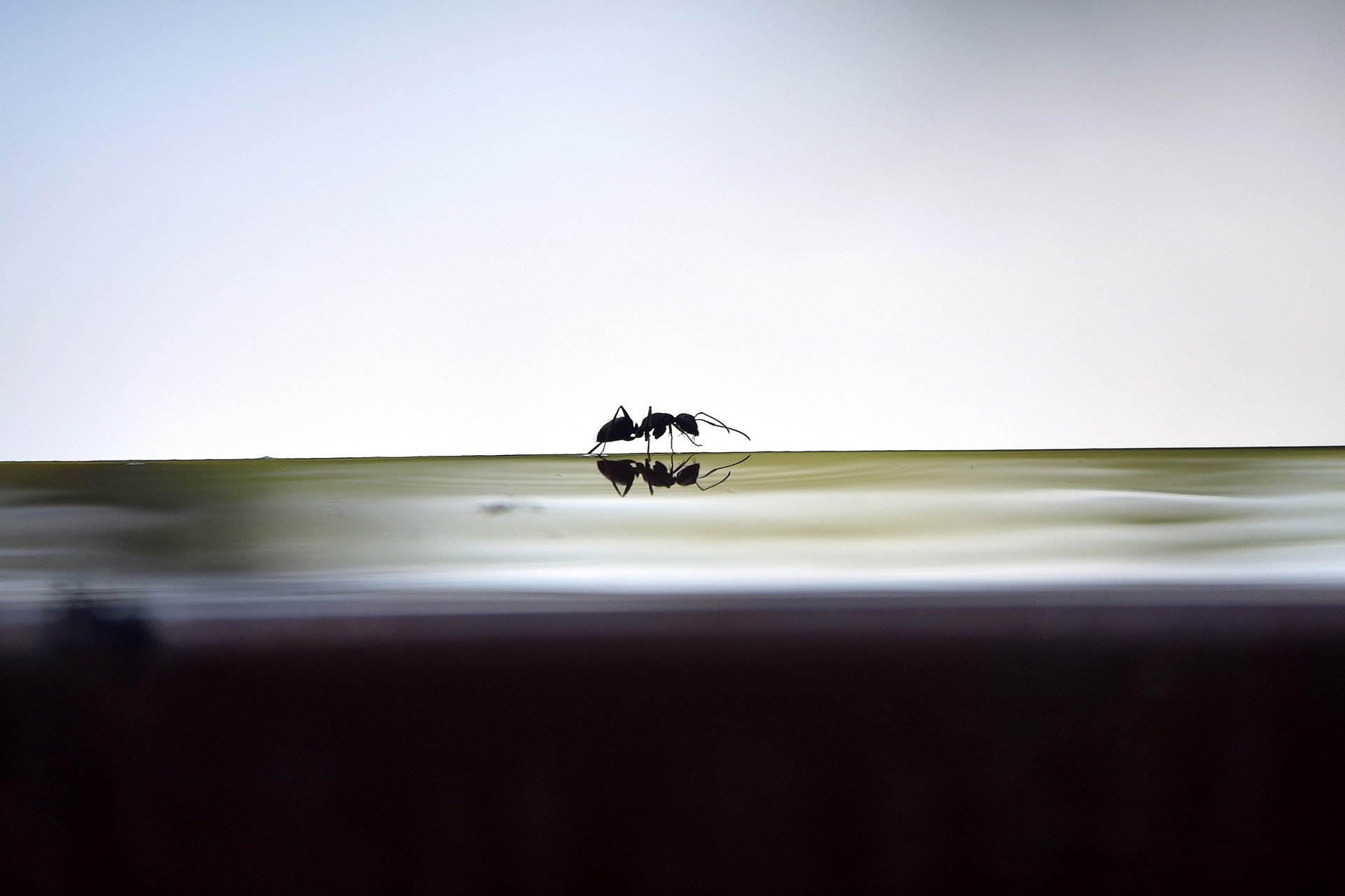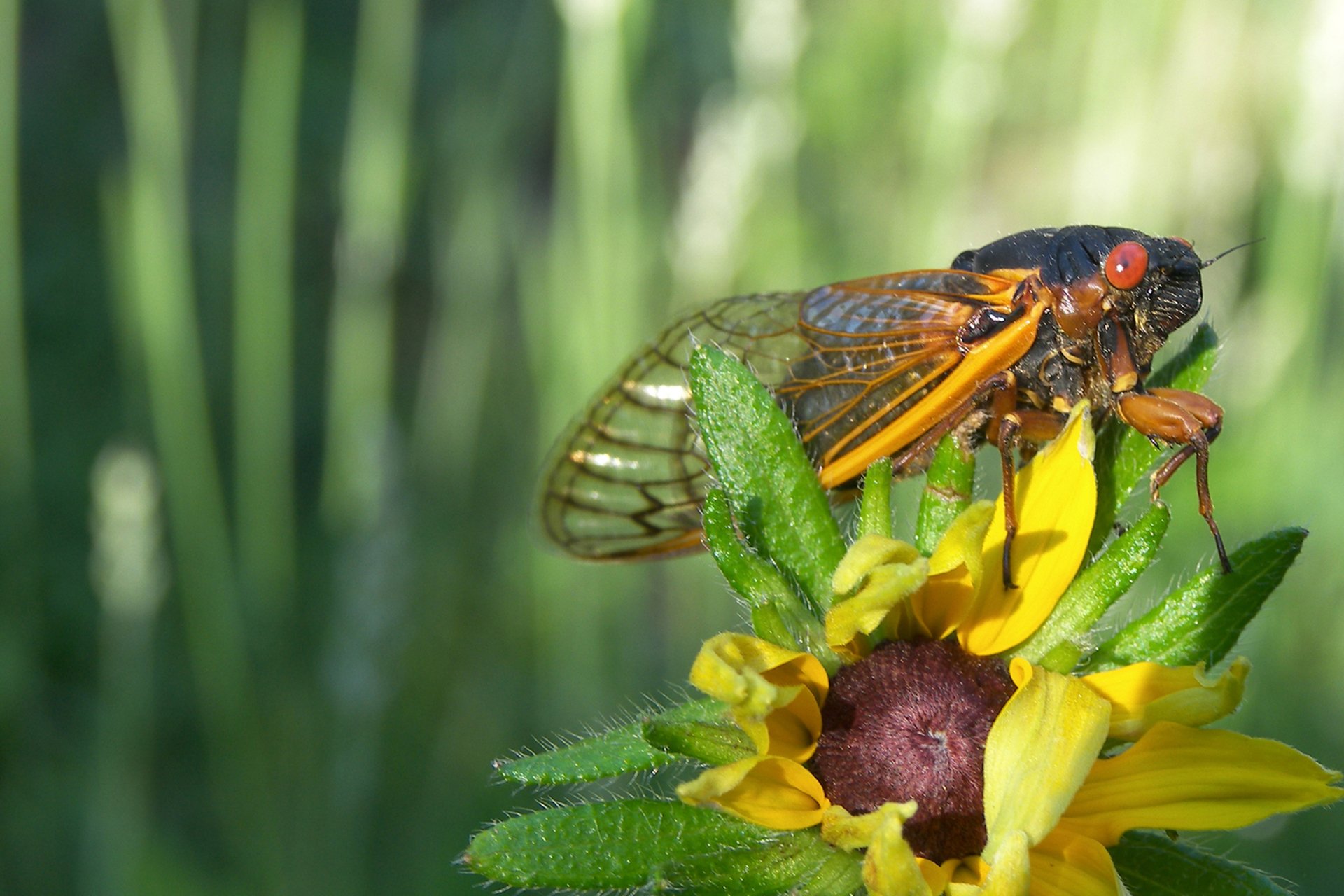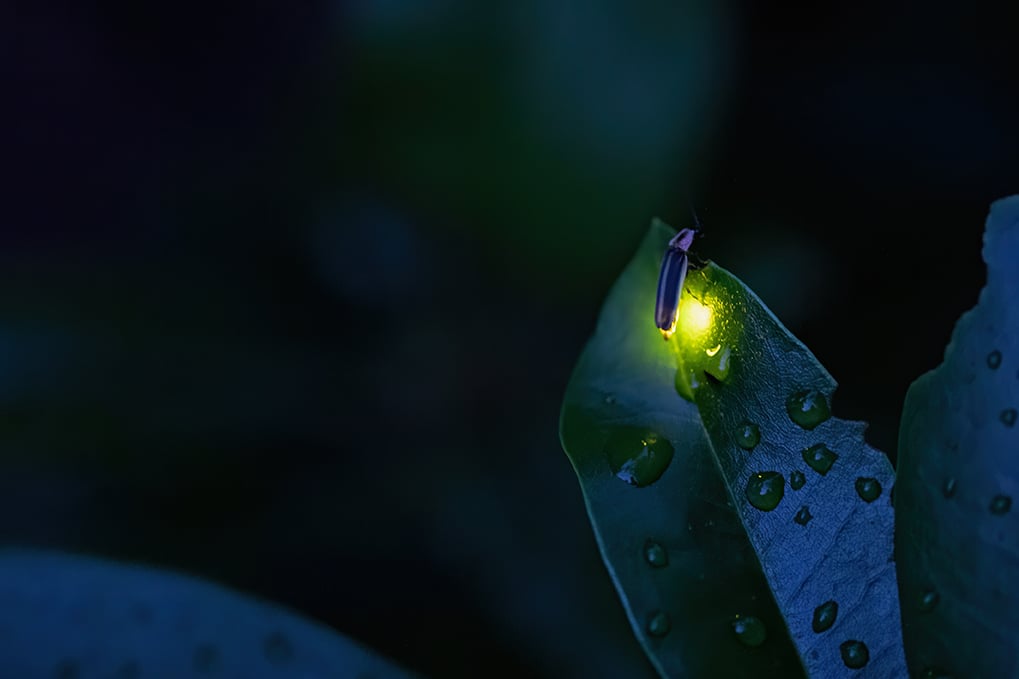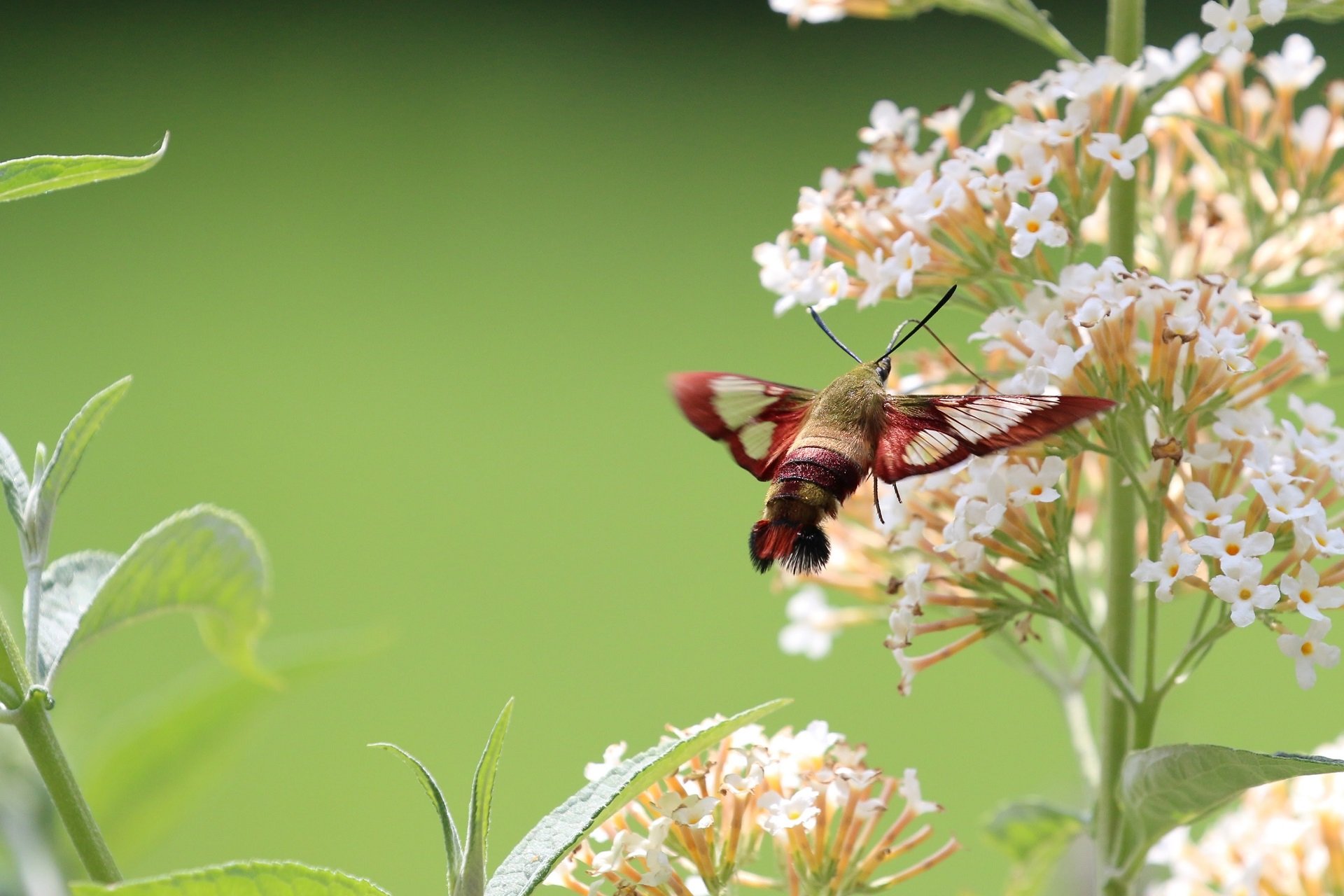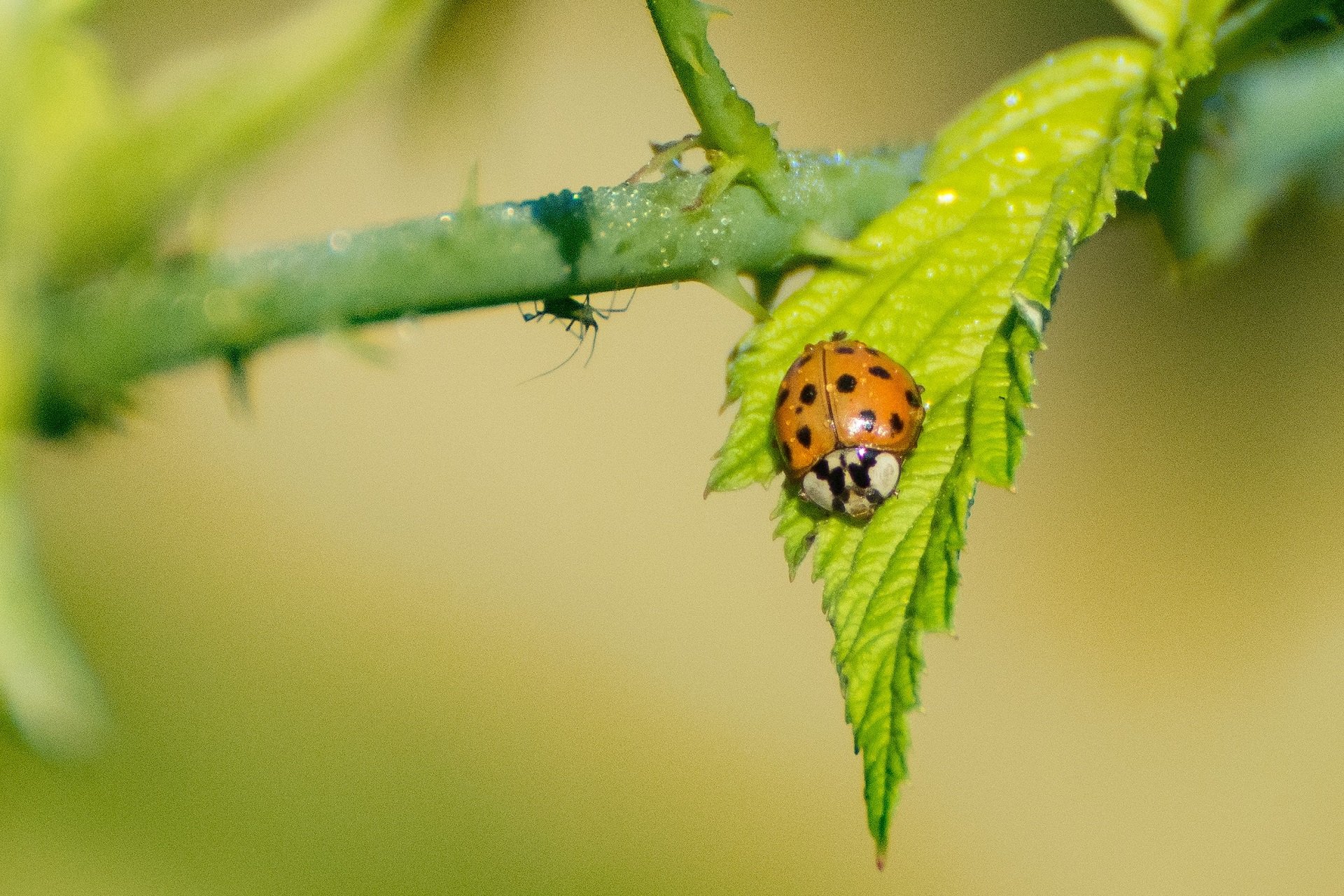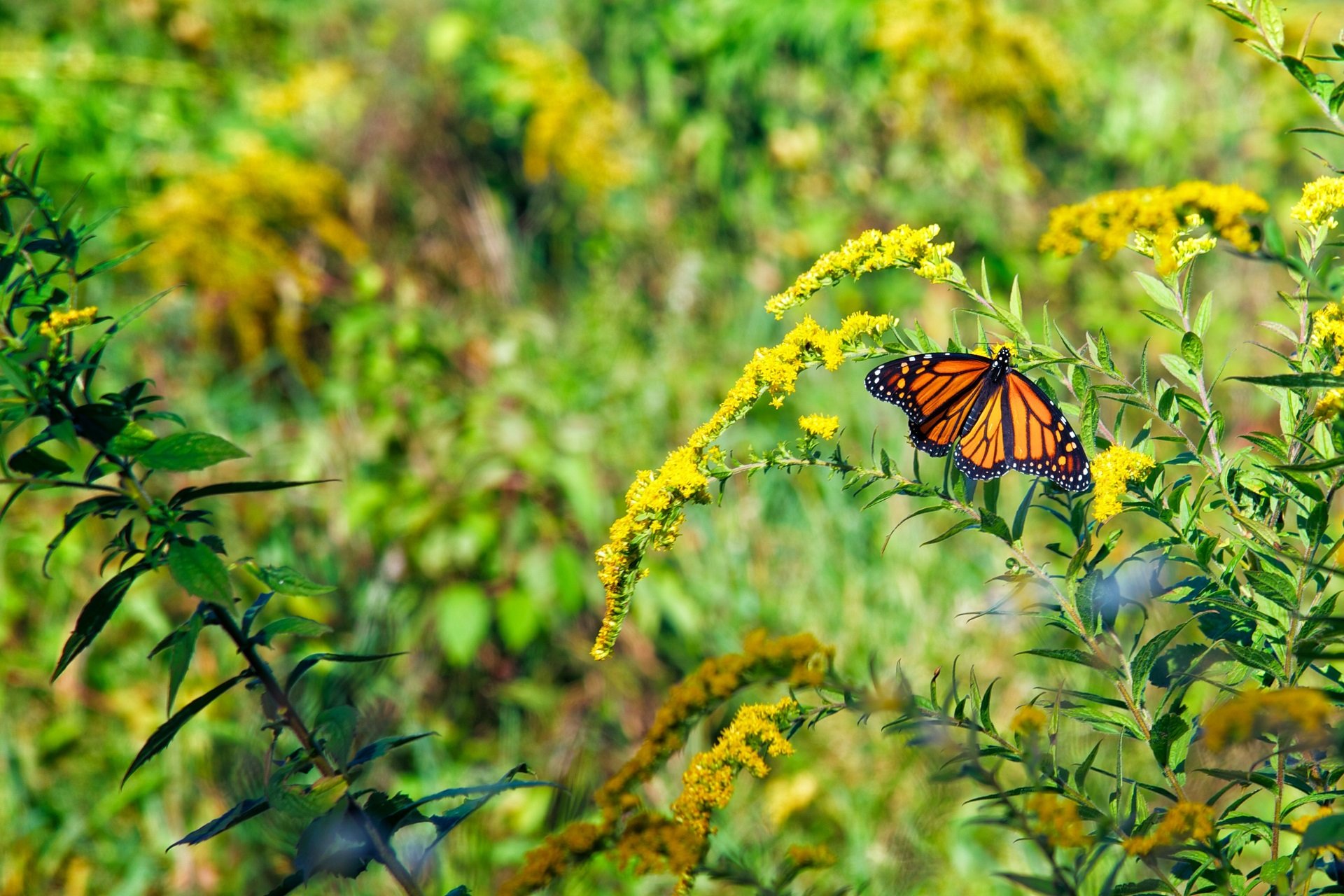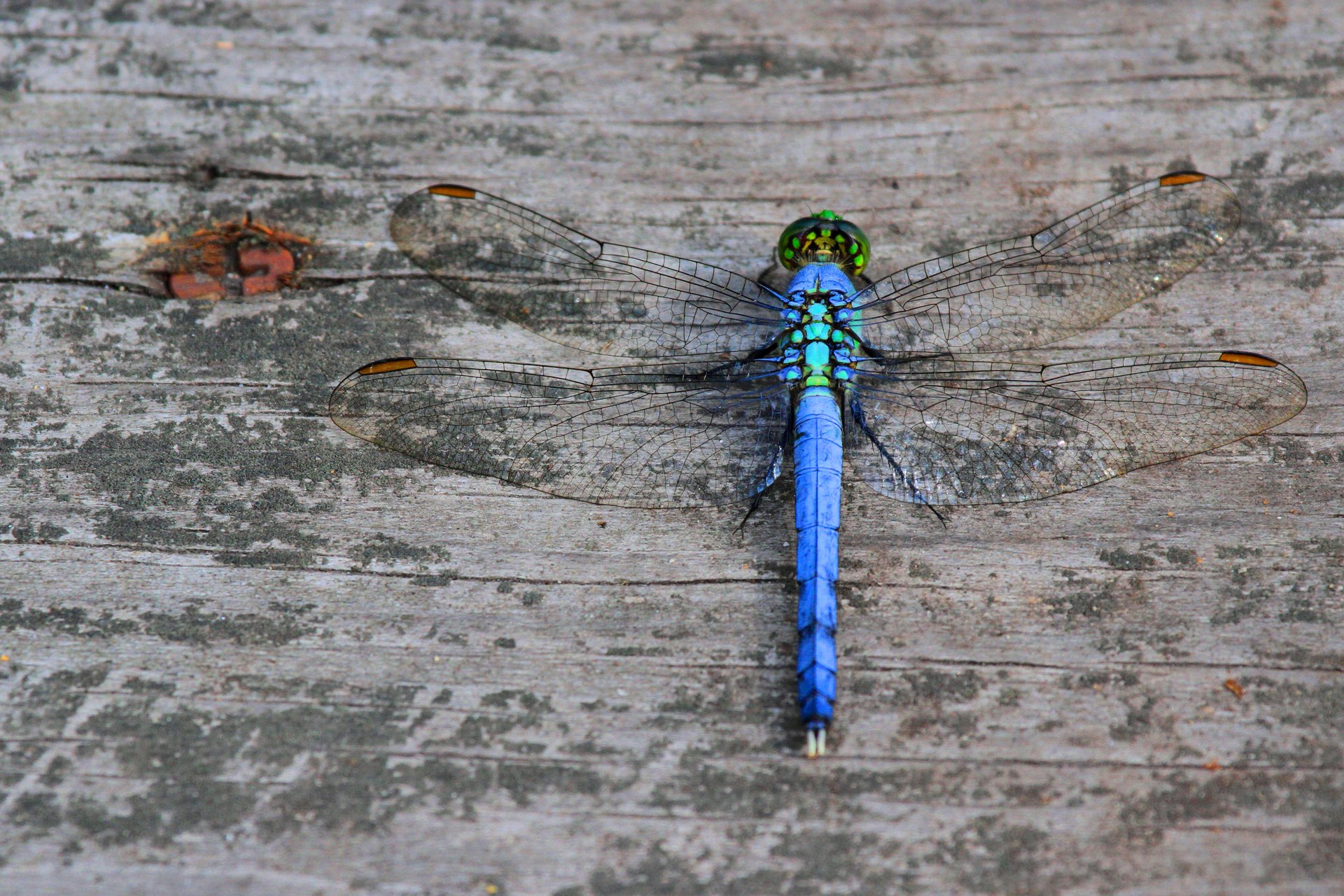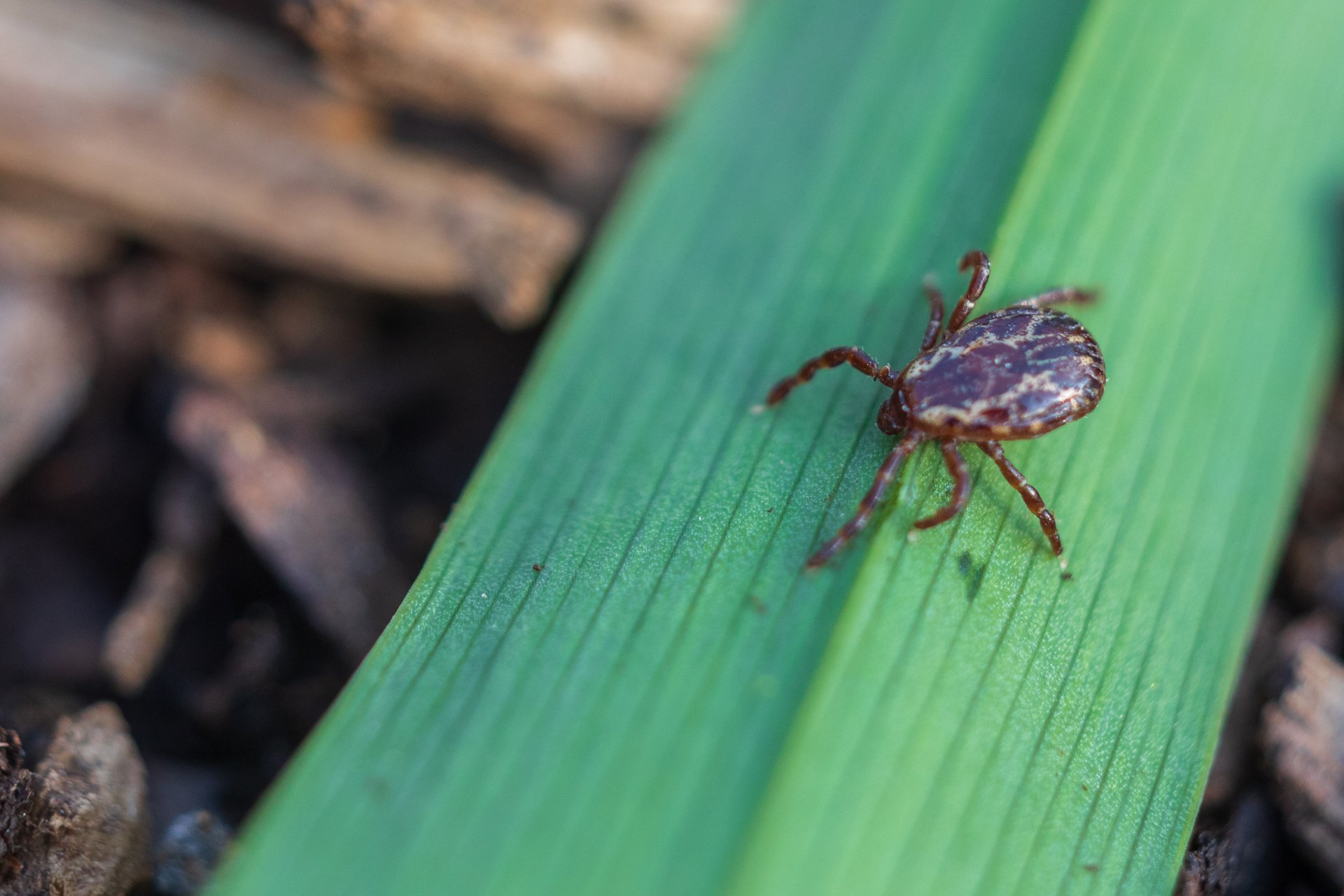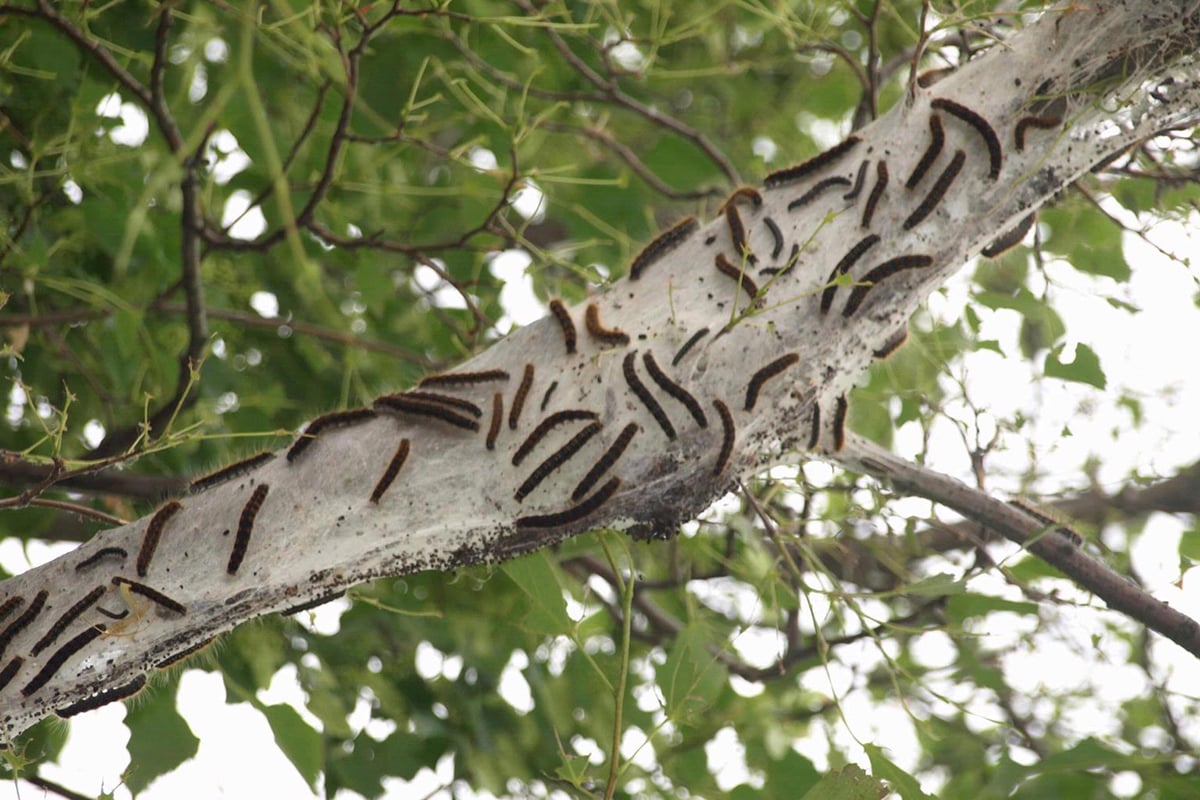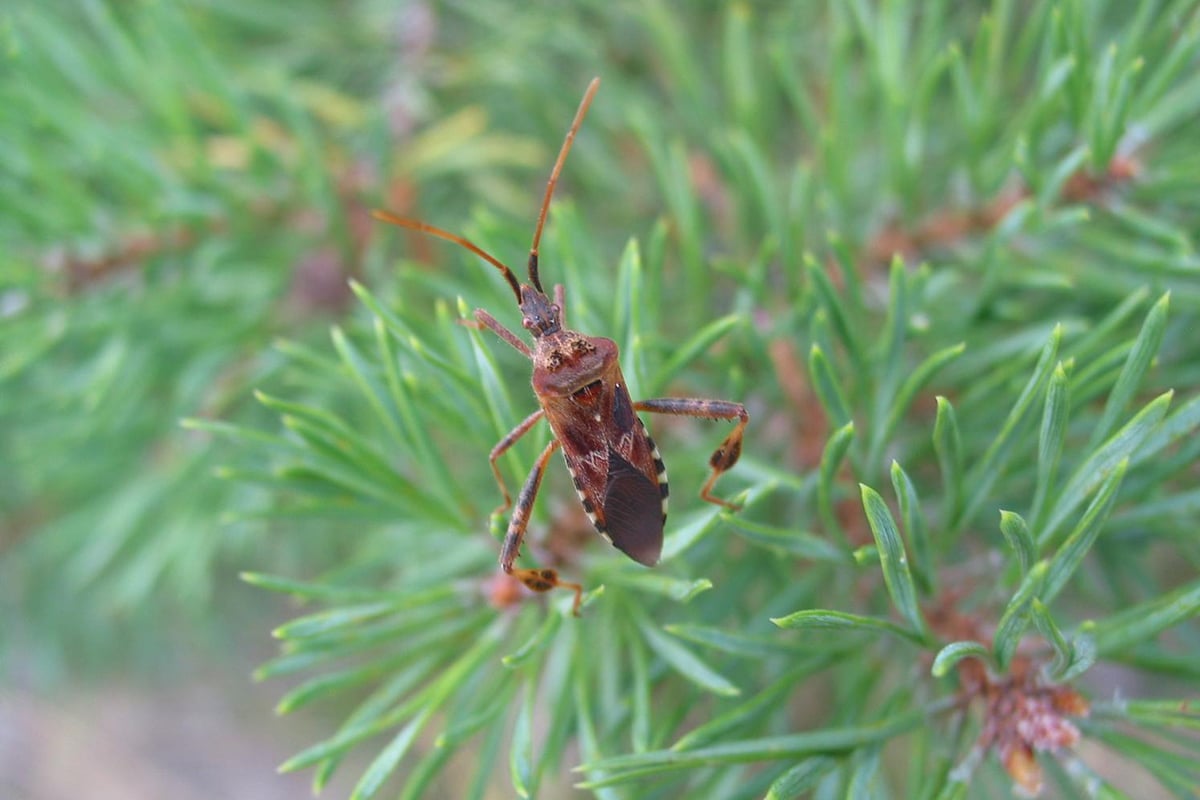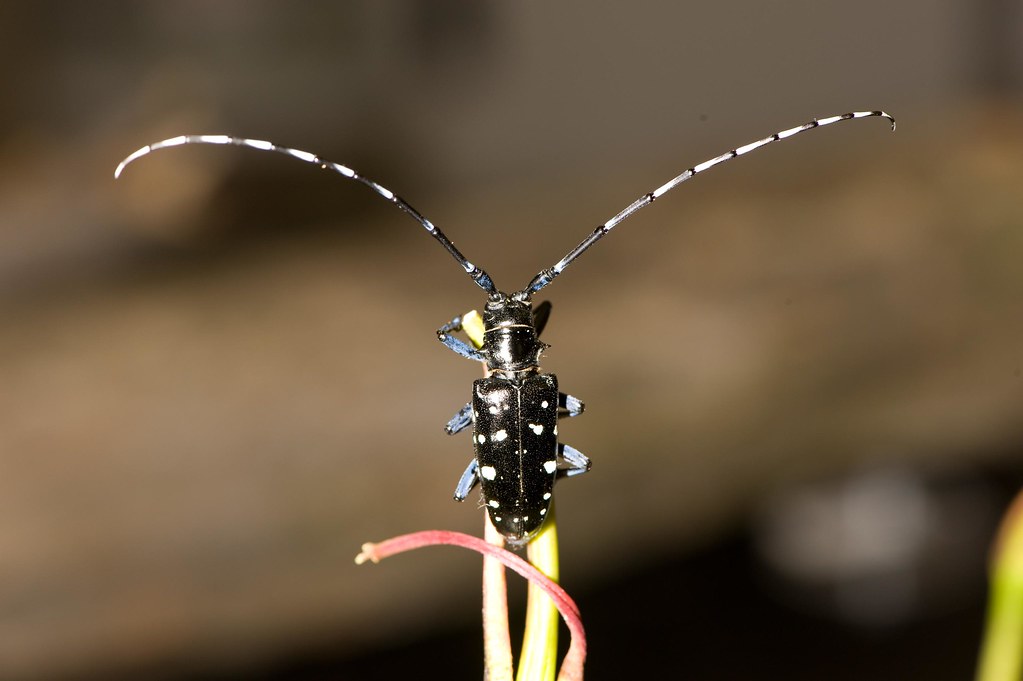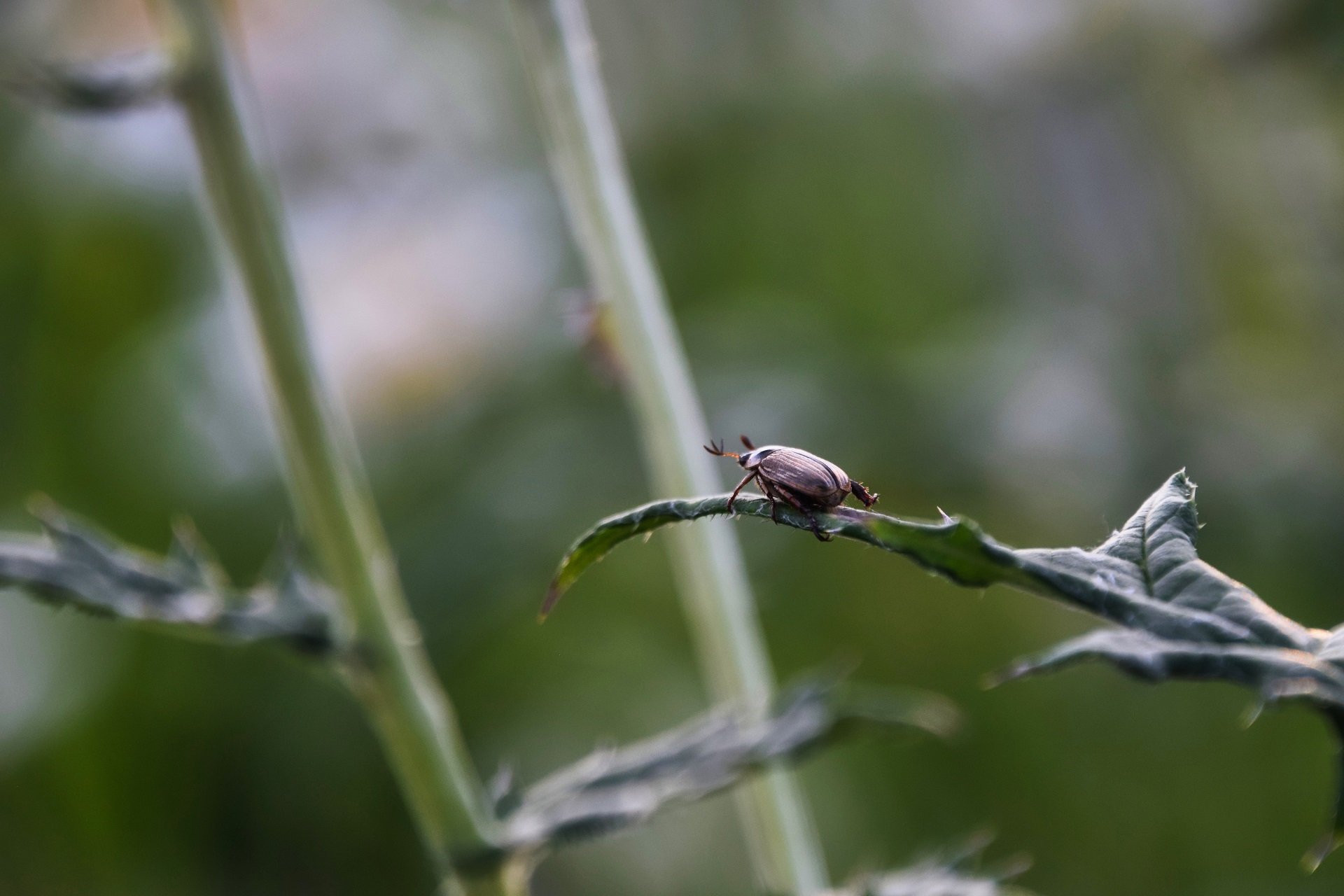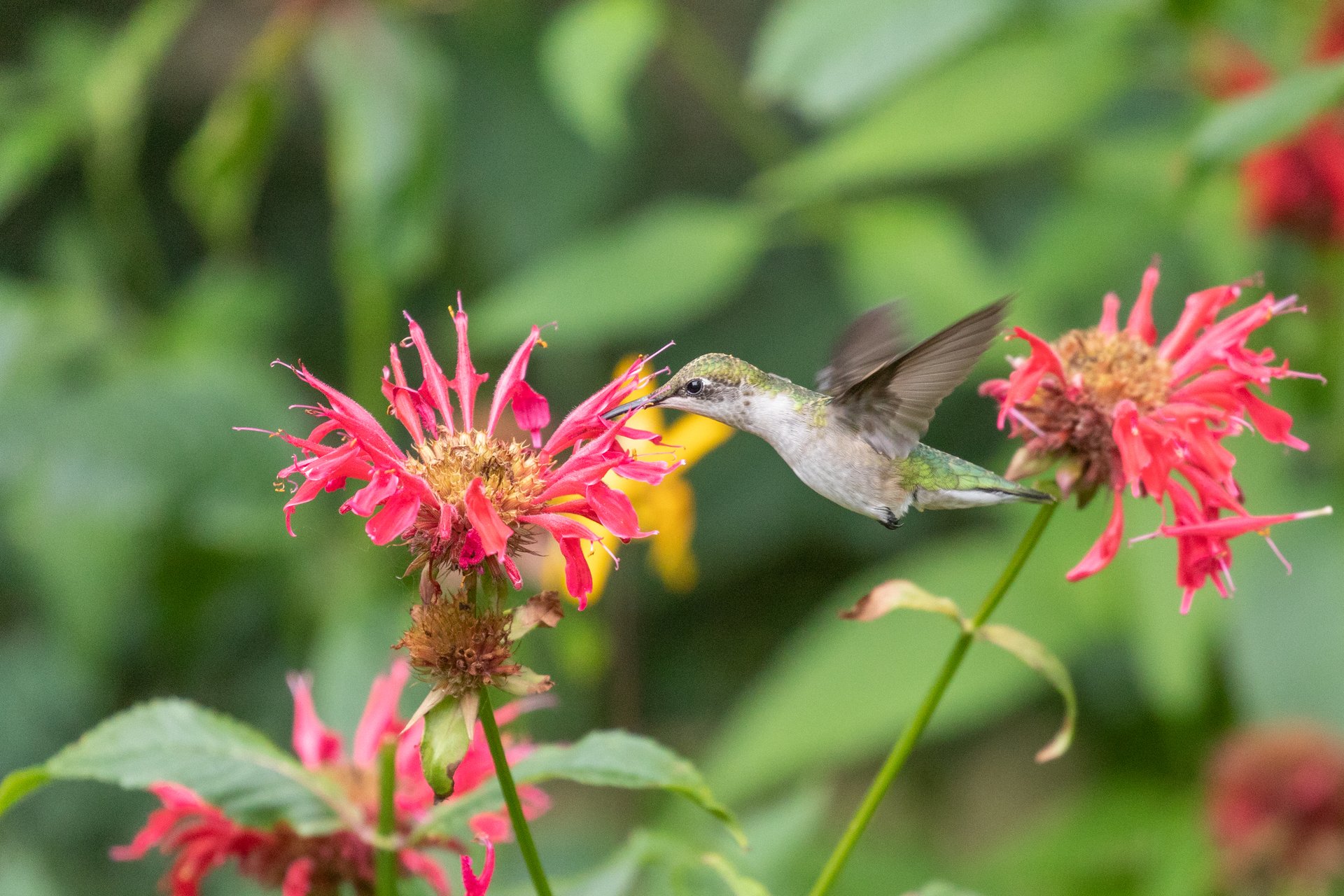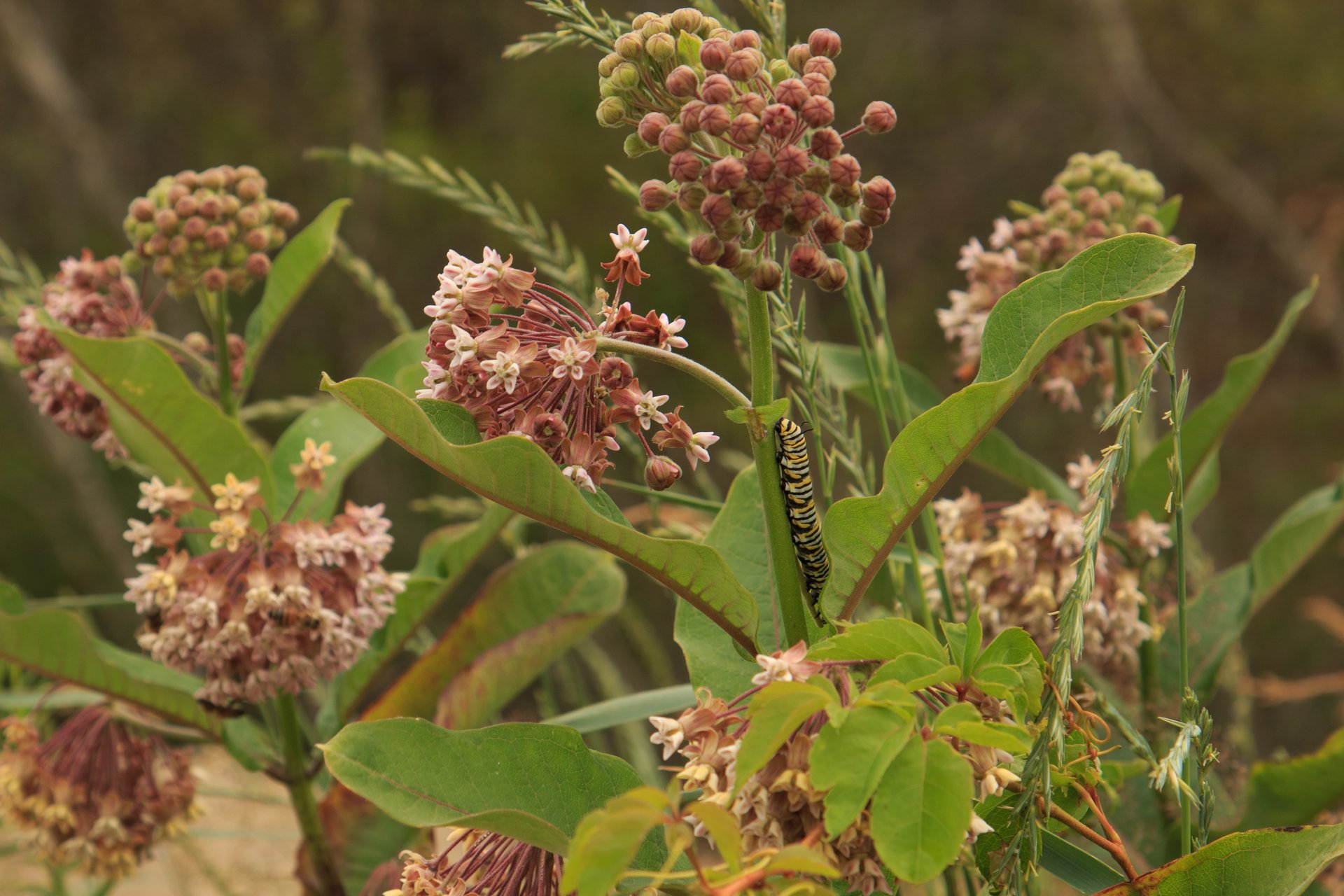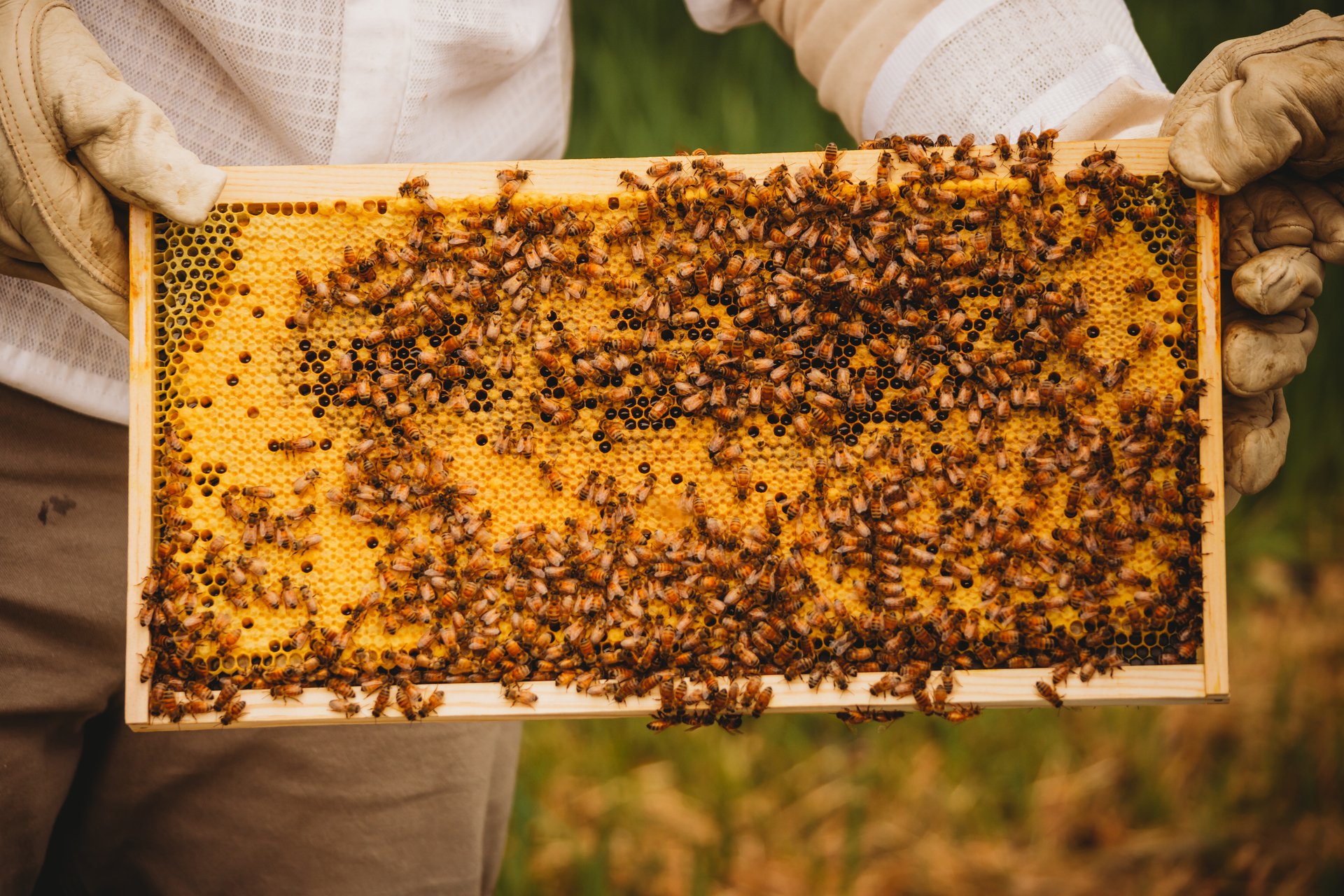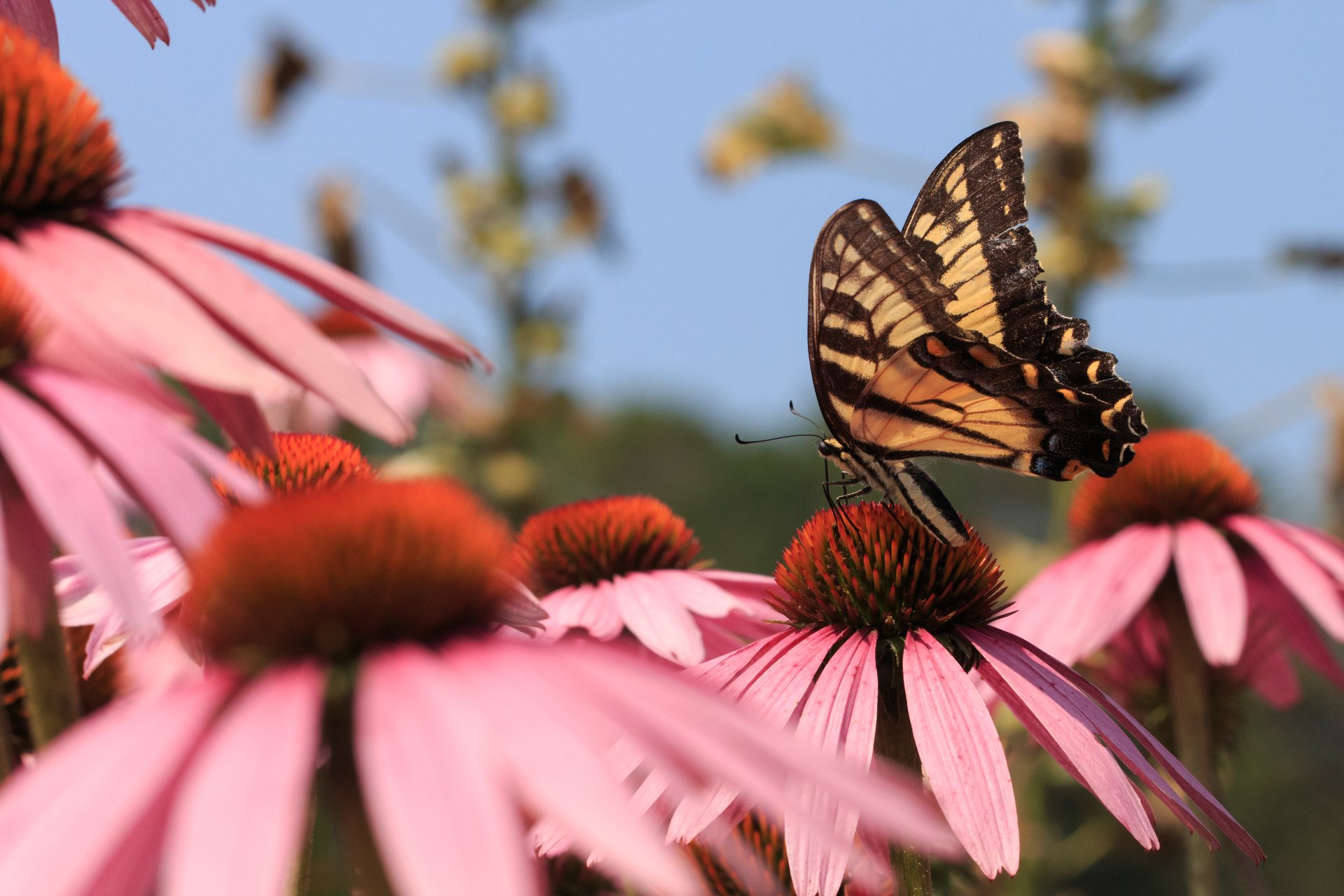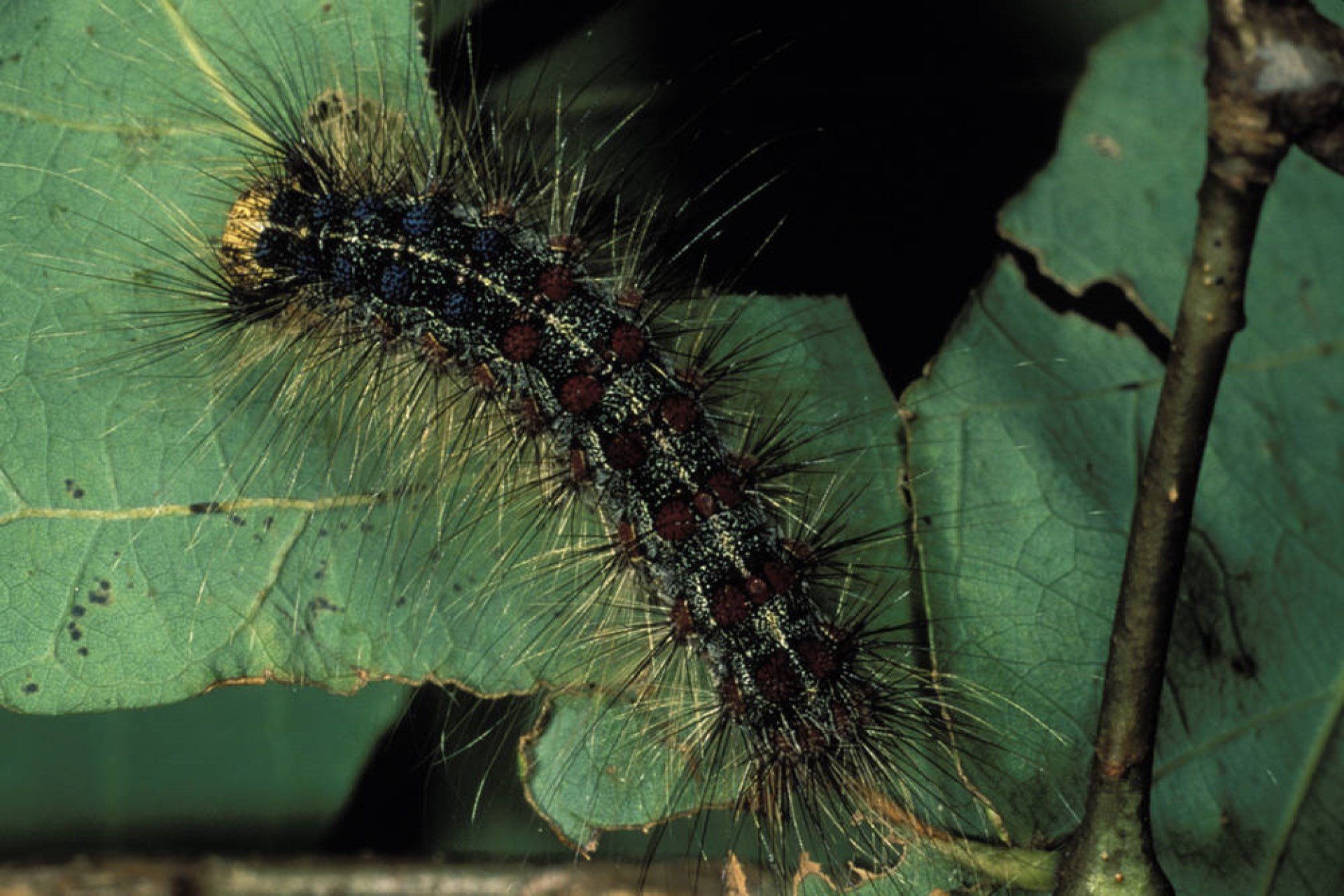Insects & Arachnids
Find information about a variety of insects and arachnids—including ticks—found in Massachusetts.
Bees & Wasps
Bees and wasps can inspire fear. However, they are vitally important to nature and to our economy.
Butterflies
There are more than 100 butterfly species in Massachusetts varying in size and color. See a few of the most common ones you find here and ways to help them.
Carpenter Ants
About 600 species of ants reside in the United States, but none is perhaps more infamous than the large black carpenter ant.
Cicadas
Discover the fascinating world of cicadas—from their loud summer songs and tree-clinging exoskeletons to the rare emergence of 17-year periodical cicadas that captivate birdwatchers and nature lovers alike.
Fireflies
Fireflies are neither bugs nor flies; they are actually beetles that light up using a chemical reaction in their lower abdomen.
Hummingbird Moth
Hummingbird Moths are members of the sphinx moth family, which have heavy bodies and long front wings.
Ladybugs
Both native and non-native species of ladybugs abound in New England.
Monarch Butterflies
Monarchs are well known for their vibrant orange wings with black veins and black borders with a white polka dot outline.
Odonates
Dragonflies and damselflies that make up the order Odonata are the largest insects you’re likely to see in Massachusetts.
Ticks
Get the facts about ticks—their appearance, life cycle, how to identify them, and what to do if you find one.
Native Nuisance Moths
There are some native moth species that defoliate trees; the damage is typically aesthetic and not harmful.
Western Conifer Seed Bugs
Massachusetts residents may see this large, harmless home invader come fall. They're not stink bugs but can release a pungent odor if alarmed, touched, or squished.
Asian Longhorned Beetles
Shiny black with bright white spots, the non-native Asian longhorned beetle feeds on a wide range of trees to the point of destruction.
Japanese Beetles
Japanese Beetle grubs make up about 90% of the white grubs that live in Massachusetts lawns.
April Vacation Adventure Days: Ages 9 - 12
-
Ipswich River Wildlife Sanctuary, Topsfield
-
4 classes starting
Tuesday, April 21
8:30am-3:00pm
Age 5 - 11
April Vacation Adventure Days
-
Ipswich River Wildlife Sanctuary, Topsfield
-
4 classes starting
Tuesday, April 21
8:30am-3:00pm
Age 5 - 11
Preschool Story Hour-Pollinators
-
Broad Meadow Brook Conservation Center and Wildlife Sanctuary, Worcester
-
Tuesday, May 5
10:00-11:00am
Families - children 3 - 5 years
Stay Connected
Don't miss a beat on all the ways you can get outdoors, celebrate nature, and get involved.




